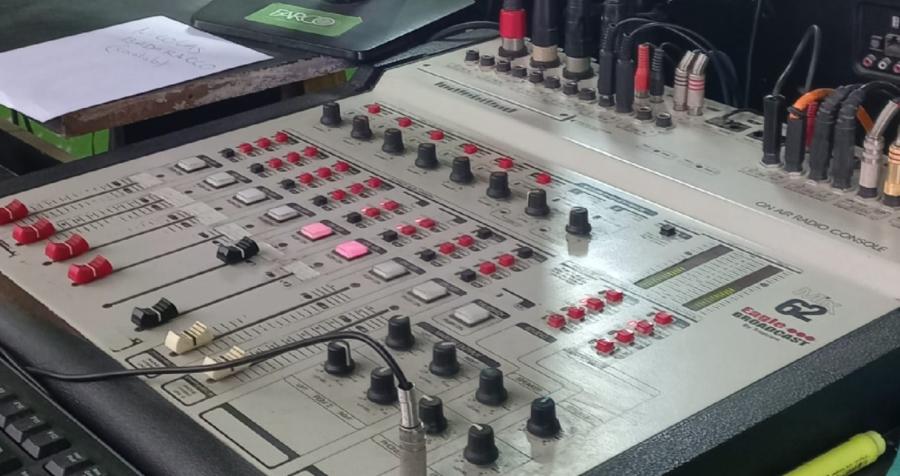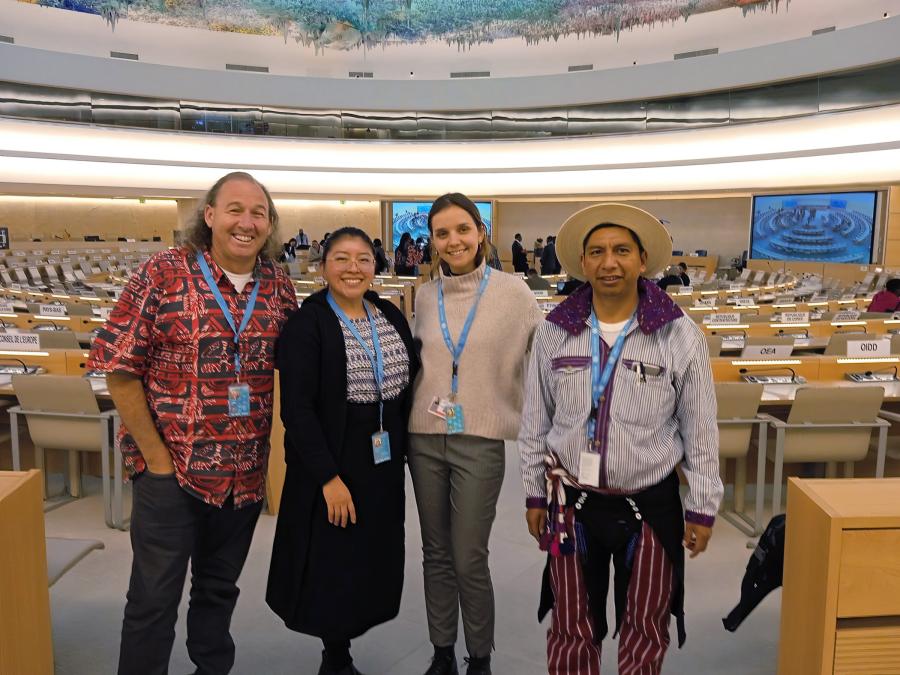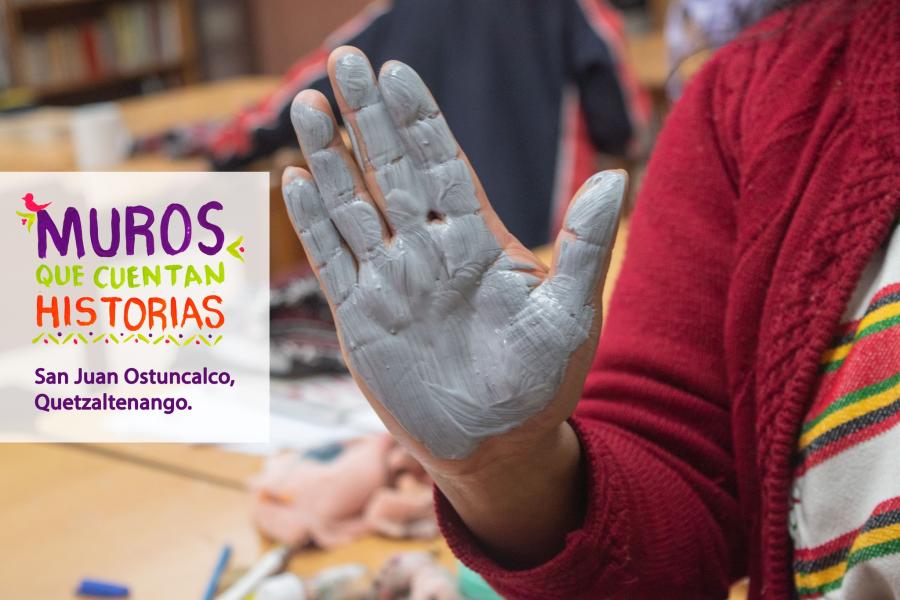The Lacandone rain forest is the northernmost in the Americas, located in Chiapas on the Mexico-Guatemala border. It has been inhabited for more than 1,500 years by Mayan Indians who remain in the region, living in the tradition of their ancestors.
In the past 100 years, half of the original 526,110 acres of the Lacandone rain forest has been destroyed in the face of logging, cattle ranching, destructive agricultural practices, and energy development.
In 1978 the Mexican government designated 134,036 acres of the Lacandone rain forest as the Montes Azules Biosphere Reserve. However, this land receives no official protection and much has already been deforested.
The Lacandone Rainforest Project was initiated by the Lummi Treaty Task Force. The Lummi Indians of the Pacific Northwest have also suffered from the effects of deforestation. In January 1989, task force staff traveled to Chiapas to make contact with the Lacandone and to learn more of the current situation in their rain forest. In San Cristobal de las Casas they met with Trudi Blom of Na-Balom, a cultural research center, and Ignacio March of Ecosfera, an ecological research organization, before proceeding on to the village of Lacanja.
As a result of the meetings and discussions in Lacanja, K'in Bor and Manuel Chan Bor agreed to leave their village for the first time to come to the United States. Accompanied by Ignacio March, who has lived and worked with them for eight years, they would meet with Native American leaders and others who are concerned with the future of the Lacandone rain forest.
The Lacandone Rainforest Project was organized to fulfill the promise made to the people of Lacanja. The project is jointly sponsored by the Seattle Rainforest Action Group, the Seattle Audubon Society, the Lummi Treaty Protection Task Force, Na-Balom, and the Florence R. Kluckhohn Center.
Its goals are (1) to promote public understanding of the impact of destruction of rain forests and other ancient forests on our global environment and on indigenous cultures, (2) to facilitate communications between indigenous people of the Americas, and (3) to develop an environmental monitoring program to protect rain forests.
The Mayan visitors' journey began in September 1989 in Tucson, Arizona. With March interpreting, they addressed the National Audubon Society's biennial convention, along with Jewell James and Ken Cooper of the Lummi Tribe. Accompanied by a delegation of representatives from the sponsoring groups, they visited with members of the Apache, Hopi, and Tohono O'odham. They also made a presentation to the Arizona Rainforest Alliance.
In Washington state, they visited the Lummi and Quileute tribes. The Mayans, the Lummi, and March participated in a round of press conferences, radio talk shows, and public meetings, culminating in "A Common Destiny," an all-day conference in Seattle on September 23. A capacity audience of 300 filled Daybreak Star Cultural Center to learn about the connection between deforestation in the tropics and the Pacific Northwest. Speakers included representatives of the Yakima Nation and Lummi Tribe from Washington, the Klamath Tribe from Oregon, the Lilooet and Carrier-Sekani Tribes and the Union of BC Chiefs from British Columbia, and the Pele Defense Fund from Hawaii. They were joined by experts in tropical rainforest ecology and a representative from the Church Council of Greater Seattle. The indigenous speakers issued a joint statement, "Una Gente En Dios." (See box on p. 49.)
The work of the Lacandone Rainforest Project did not end with the US visit of K'in Bor and Manuel Chan Bor. The Henry M. Jackson Foundation awarded us a grant for the pilot environmental monitoring program. The objectives of the program are to: 1. Document deforestation and development in the Lacandone rain forest, particularly in the Montes Azules Biosphere Reserve. 2. Assess the environmental and cultural impact of deforestation and development, and with community leaders, develop a plan to manage, mitigate, or prevent adverse impacts. 3. Document traditional Lacandone forest management practices and techniques and provide community leaders with information about North American tribal forest management practices. 4. Write and distribute a report for Native American tribes, environmenta organizations, and other groups interested in tropical rainforest cultures and ecology. This report will contain recommendations for further action.
The program will run from January to May 1990 and will be carried out by Lisa Dabek, a graduate student in behavioral ecology and conservation biology at the University of Washington, and Ken Cooper, a cultural specialist with the Lummi Indian tribe. For more information, contact: The Lacandone Rainforest Project, P.O. Box 95967, Seattle, WA 98145.
Article copyright Cultural Survival, Inc.



